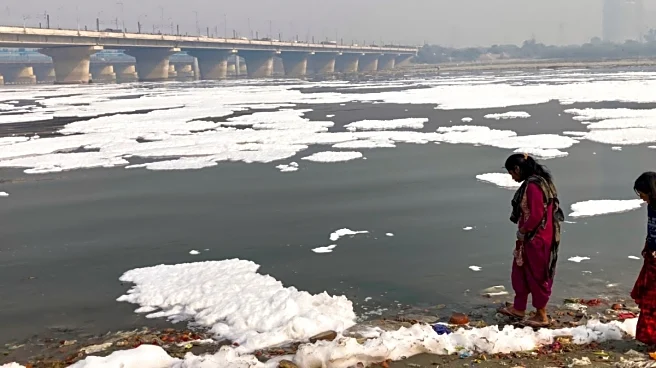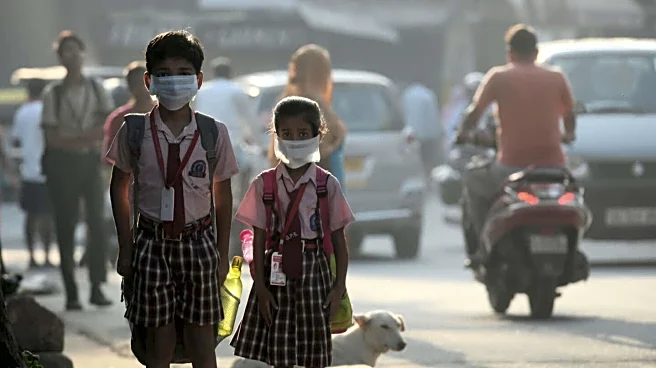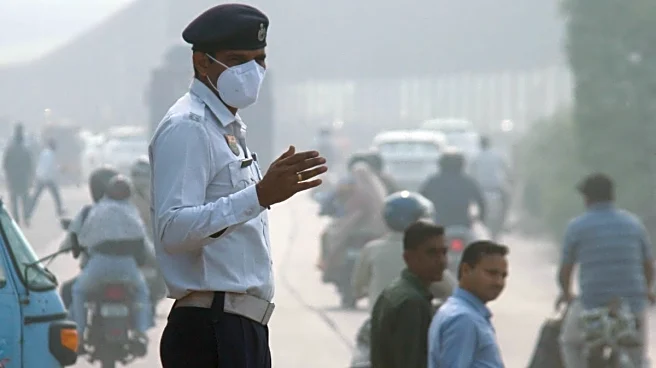Calling the condition of Yamuna’s pollution control efforts a “shocking state of affairs,” the Delhi High Court on Saturday constituted a three-member committee to expedite action on redevelopment plans
for industrial areas and ensure proper treatment of wastewater flowing into the river.
The panel will include officials from the Delhi State Industrial and Infrastructure Development Corporation (DSIIDC), the Municipal Corporation of Delhi (MCD) and the Delhi Development Authority (DDA).
A Division Bench of Justice Prathiba M Singh and Justice Manmeet Pritam Singh took strong exception to the delays reflected in the status reports filed by the DSIIDC, Delhi Pollution Control Committee (DPCC) and Delhi Jal Board (DJB).
The Court noted that despite a cabinet decision taken in 2023, DSIIDC’s reports were submitted only in 2025.
“The Government is bogged down by bureaucrats, the Court is also getting bogged down by them,” the Bench remarked, warning, “We will just say, wind up DSIIDC if this is how it will work.”
The judges observed that none of the consultants’ redevelopment plans had been finalised or acted upon, and that Rs 2.5 crore meant for project work was still pending disbursal.
“In all these 27 areas, there is no treatment happening, that is why there is so much pollution. This is shocking,” the Court said.
Ordering immediate action, the Bench directed the DSIIDC to release the withheld Rs 2.5 crore to the MCD within two weeks.
Rebuking the authorities, Justice Singh noted, “Look at what you are doing, for this 2 crores look at the 3 crore people suffering this air and water.”
Earlier, the Court had been informed that consultant architect agencies were appointed to survey industrial areas and prepare redevelopment plans.
The Court has now ordered that all layout plans submitted by these agencies be jointly examined by DSIIDC, MCD and DDA. The newly constituted three-member team will meet to scrutinise the plans, obtain necessary approvals and file a consolidated report.
“Citizens are struggling,” Justice Singh said, adding that stringent judicial scrutiny was necessary to highlight the gravity of the issue.
Pointing to systemic gaps in wastewater management, the Court noted that treated water was being diverted back into sewage lines and eventually into the Yamuna instead of being supplied to parks and lawns.
“The whole point is defeated,” Justice Singh said. The Court directed authorities to ensure proper pipeline alignment and effective utilisation of treated water.
The Bench also directed the DJB to file a detailed report specifying:
- the steps required to augment existing sewage treatment plants (STPs);
- measures to maintain water quality in functional STPs and address deficiencies; and
- the status and impediments in installing planned STPs.
The Court will continue hearing the matter, scheduling appearances of various agencies on different dates in December.










/images/ppid_a911dc6a-image-176360802840761580.webp)


